Would you want to see what your baby’s placenta looks like after giving birth? As a Seattle birth photographer, I always make sure to include an image or two of your baby’s placenta in your birth gallery. Placentas are really amazing, and most people don’t get a chance to see it up close!
Yes, placentas are bloody and can make some people a little squeamish, and yes, a placenta photo after birth might not be for everyone. However, even if you are hesitant, I do like to take a picture just in case you change your are curious later on. It may be surprising that you might be interested in seeing your baby’s placenta, even if you weren’t sure beforehand!
Did you know that you can use your placenta for art after birth? And did you know you could request a placenta tour and learn about it after birth? Did you know that placentas are a disposable organ? Read on to discover even more!
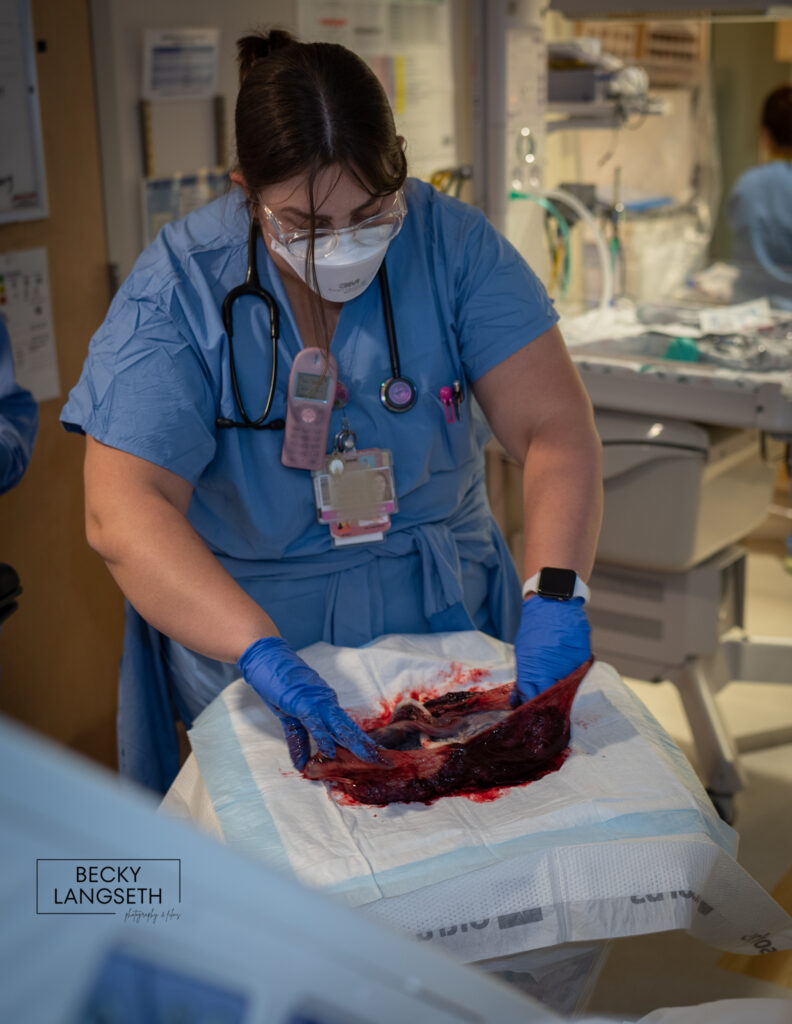
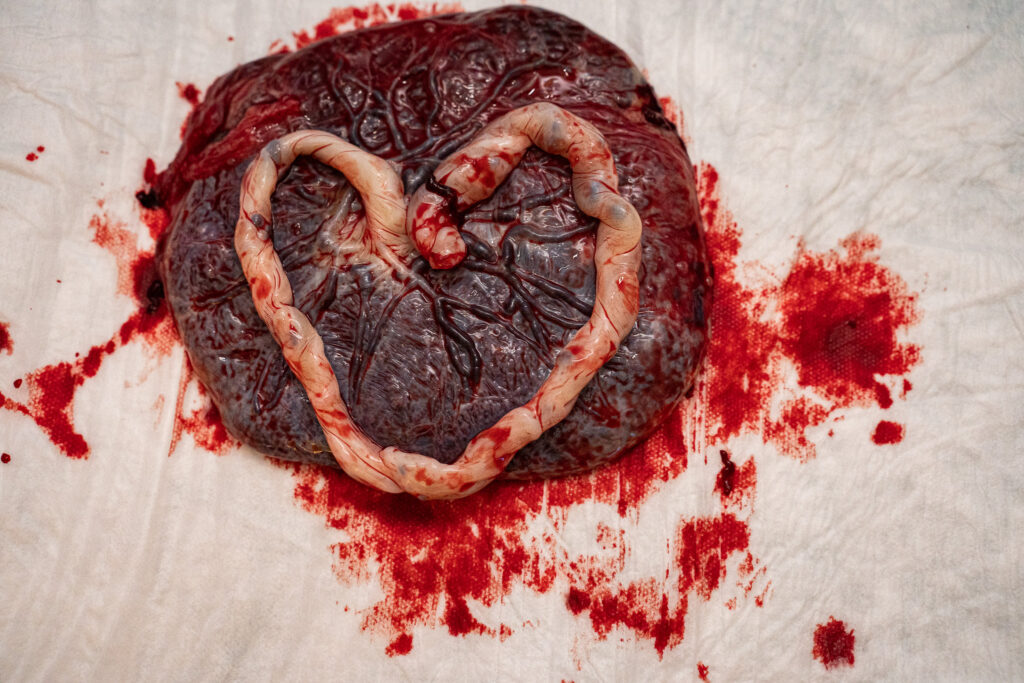
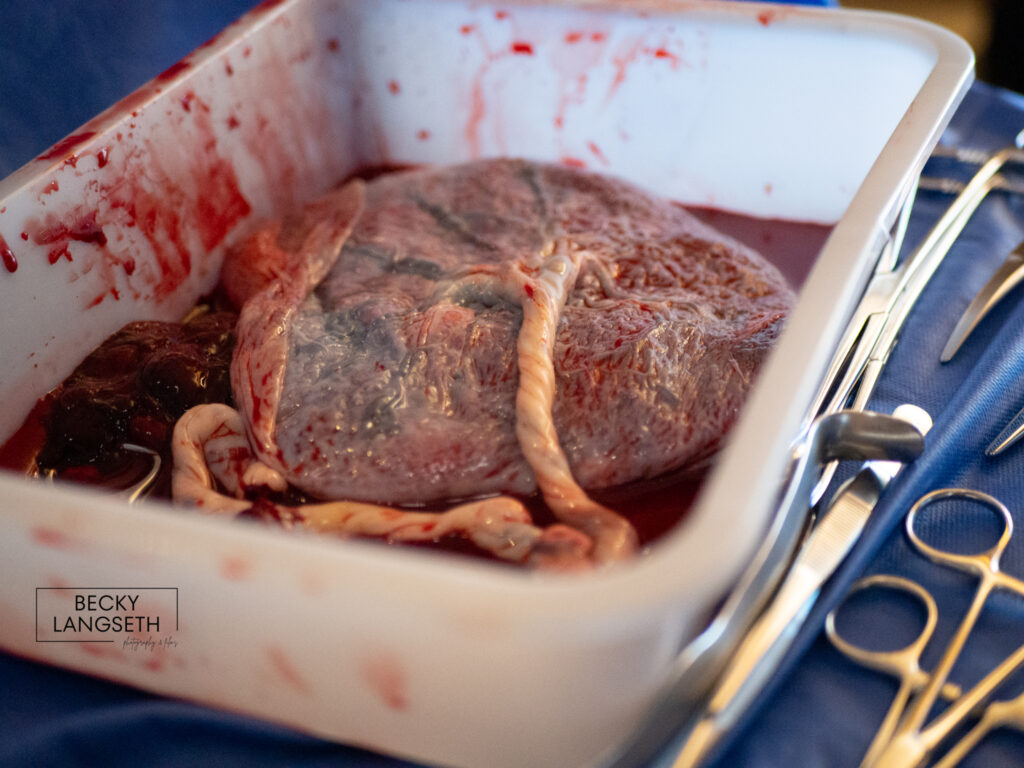
Many pregnant people choose to do various interesting and unique things with their placenta after birth.
There is a growing trend of using your baby’s placenta in interesting and unique ways including:
- Encapsulating it for consumption.
- Planting your placenta along with a tree. (It’s nice to have a tree grow up along with your child.)
- Making your placenta a piece of art with a placenta print. (This helps you to save and remember what your baby’s placenta looks like!)
- Donating your placenta to help train search and rescue dogs.
- Maybe you’re heard of breastmilk jewelry. You can also do something similar with making jewelry from part of your placenta.
You can take a placenta tour after giving birth to see what it looks like. Just ask for it!
“Wait…what’s a placenta tour?” you may ask. Well, let me tell you, a placenta tour is a guided tour offered by some hospitals and birth centers to new parents, where they are shown the placenta that was just delivered after the birth of their baby. During the tour, the healthcare provider make explain the different parts of the placenta, how it functions and its role in pregnancy. This placenta tour can be an informative and even hands-on experience for new parents! (Just take a peek at the photo below!)
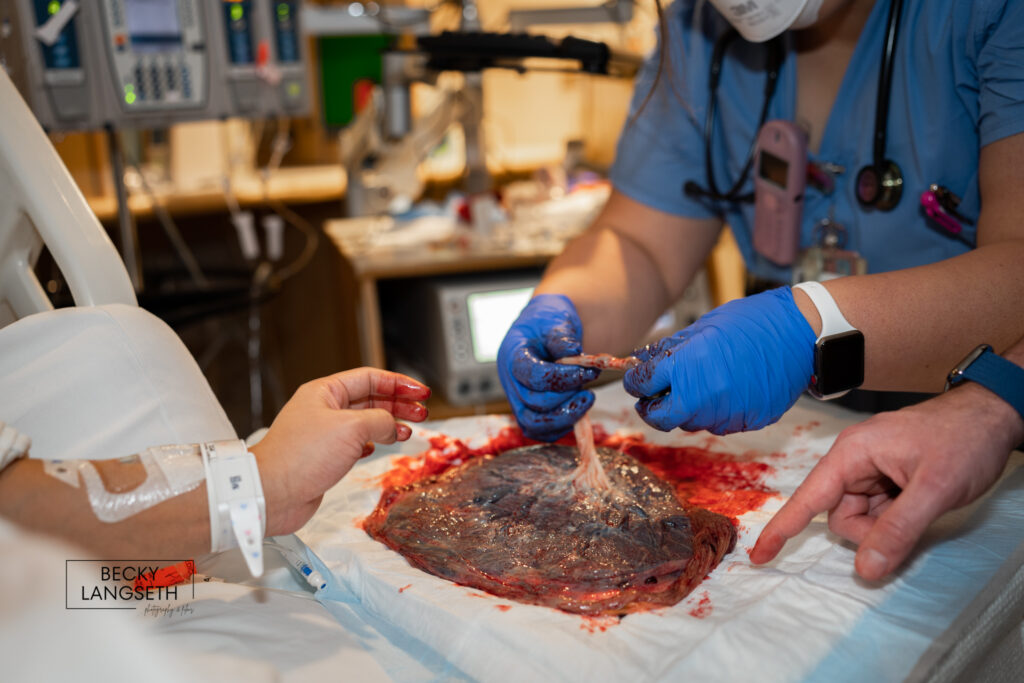
Although a placenta tour is common for home and birth center births, they are becoming more common and popular at hospitals as well! If you are interested in this, ask your healthcare provider!
Other interesting things you might not know about placentas:
- The placenta is a disposable, temporary organ.
- Milk production starts when the placenta leaves. The placenta produces a hormone that suppresses milk production in pregnancy.
- Scientists study the placenta to help them understand cancer. Since the placenta is able to grow in the body without being attacked by the immune system, similarly to tumors, researchers can learn more about tumors by studying the placenta.
- The baby and the mother’s blood both pass through the placenta, but they don’t intermingle.
- The placenta has two sides, a mother’s side (attached to the uterus wall) and a baby’s side. The side attached to the uterine wall is a deep reddish blue color, while the side facing the baby is more gray.
- By the time the baby is born, the placenta weighs about one pound and is approximately 10 inches long and 1 inch thick at the center.
- Identical twins sometimes share a placenta, but sometimes they don’t.
- The placenta helps to provide immunity to the baby up to 3-6 months after the birth. During the pregnancy the placenta helps to transfer the mother’s antibodies to the baby!
A placenta looks so interesting, and it’s amazing to know how it works, and what people use it for.
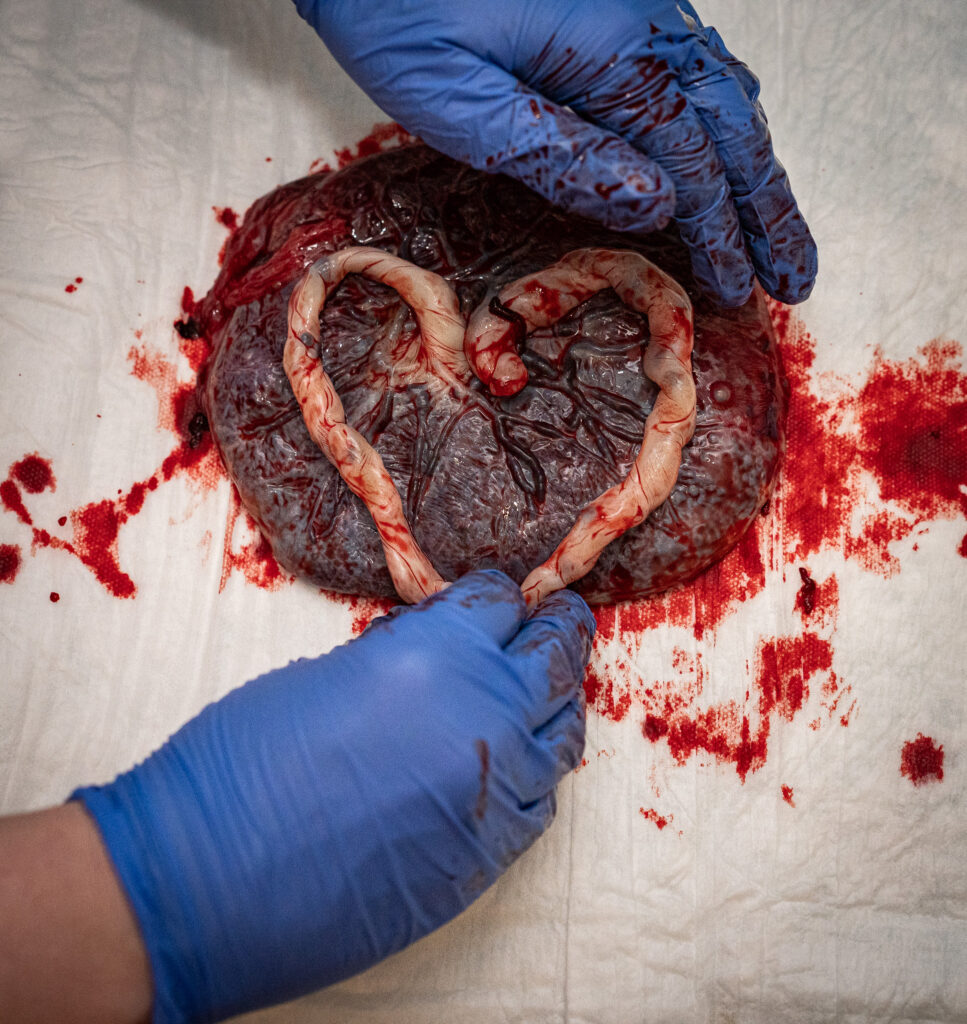

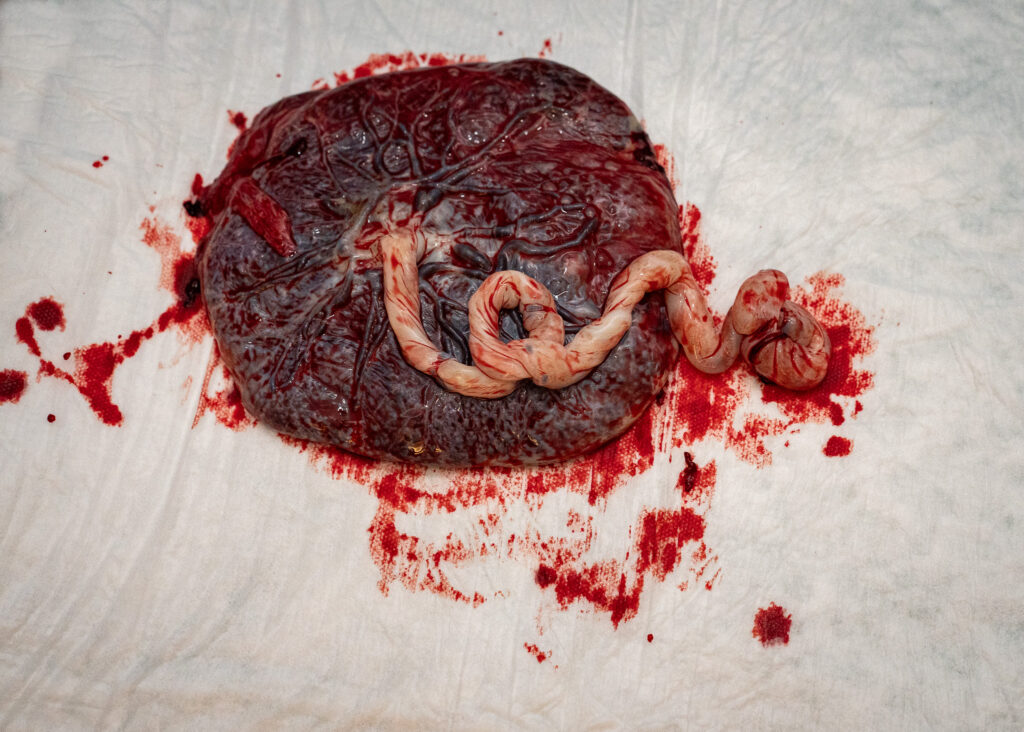
Would you want to see what your baby’s placenta looks like after giving birth? Would you (or did you) have it encapsulated? Share your experiences in the comments below!
Sources:
What is a Placenta? 10 Amazing Placenta Facts
10 Incredible Facts about the Placenta
Placenta Facts: The ‘Least Understood’ Organ Is Pretty Freaking Amazing
Interested in a birth photographer?
If you are in the Seattle area and interested in a birth photographer, be sure to contact me to check if I have any availability, since I take a limited number of birth on each month. I’m happy to schedule a no-pressure consultation to answer any questions you may have about birth photography and what it entails.
As a bonus, if you book me to photograph your birth, I’ll be sure to snap a photo of your placenta! 😉

So amazing! So informative. I didn’t get to see any of mine but I’m pretty sure I was too squeamish in the moment! Photos would’ve been amazing.
So interesting! I never saw either of mine but now wish I had.
I wish so badly I had images of my first child’s placenta (the dr said it was the smallest placenta she had ever seen). I didn’t get to see it much. My second I did get photos of it which was nice cause at birth I wasn’t thinking much. 🤣
Thanks for this! Never saw one before! 🙂
Wow. I didn’t know a lot of these facts. Thanks for sharing. I was definitely planning on getting mine encapsulated and ingesting it. Unfortunately, I developed an infection and was not able to do so. But, I still got to see it before they took it off to the lab for testing. Such a fascinating organ.
I’m a little squeamish when it comes to blood. I once passed out when my sister got stitches. lol. But such great information on what the placenta looks like.
Such great information and so interesting! How blessed you are to seeing all the intimate details of birth with your clients!
As someone who gave birth just last week, I LOVE this post. I didn’t get a chance to look at my placenta so I love seeing what it looks like. Thank you for sharing!